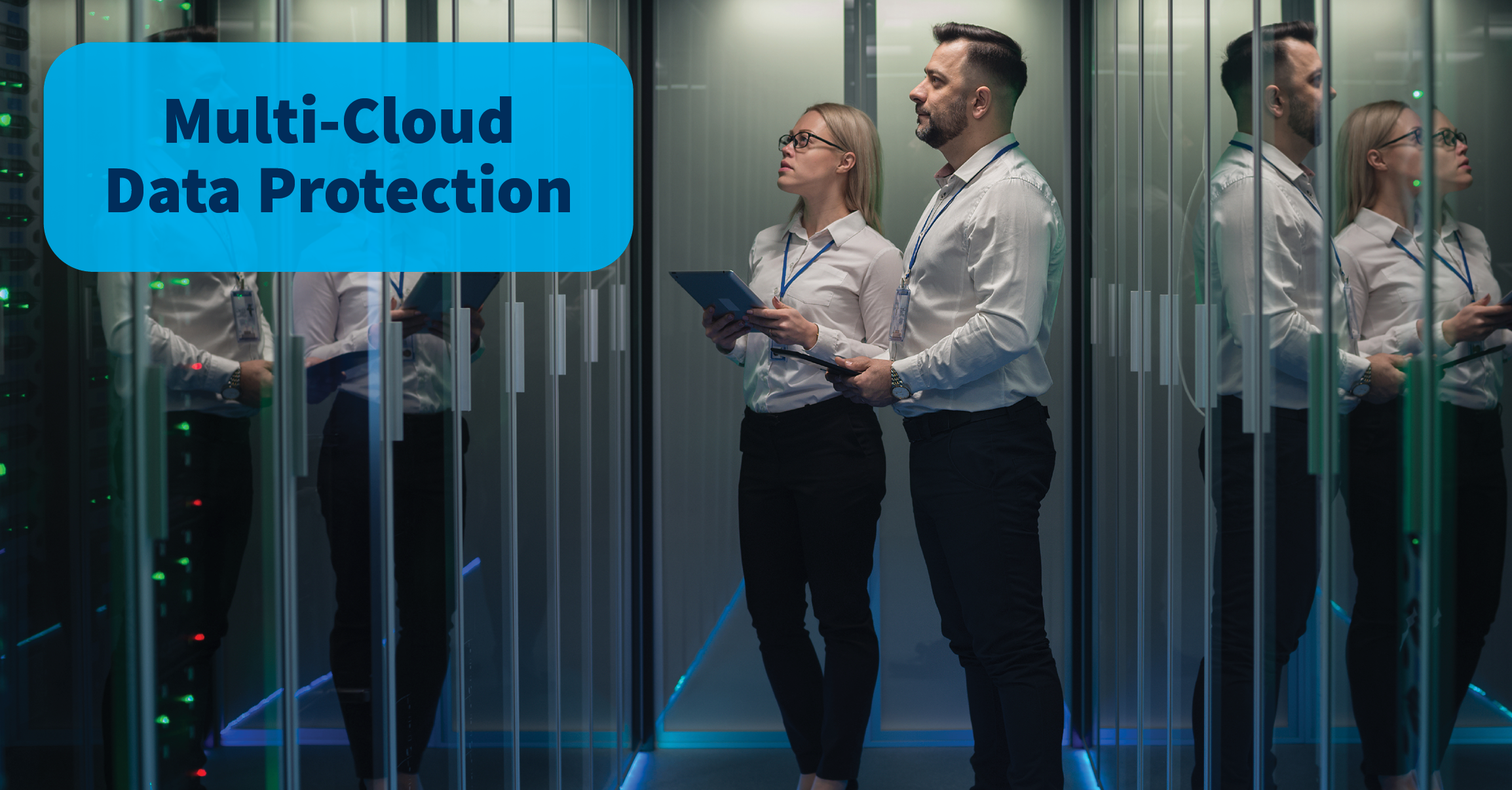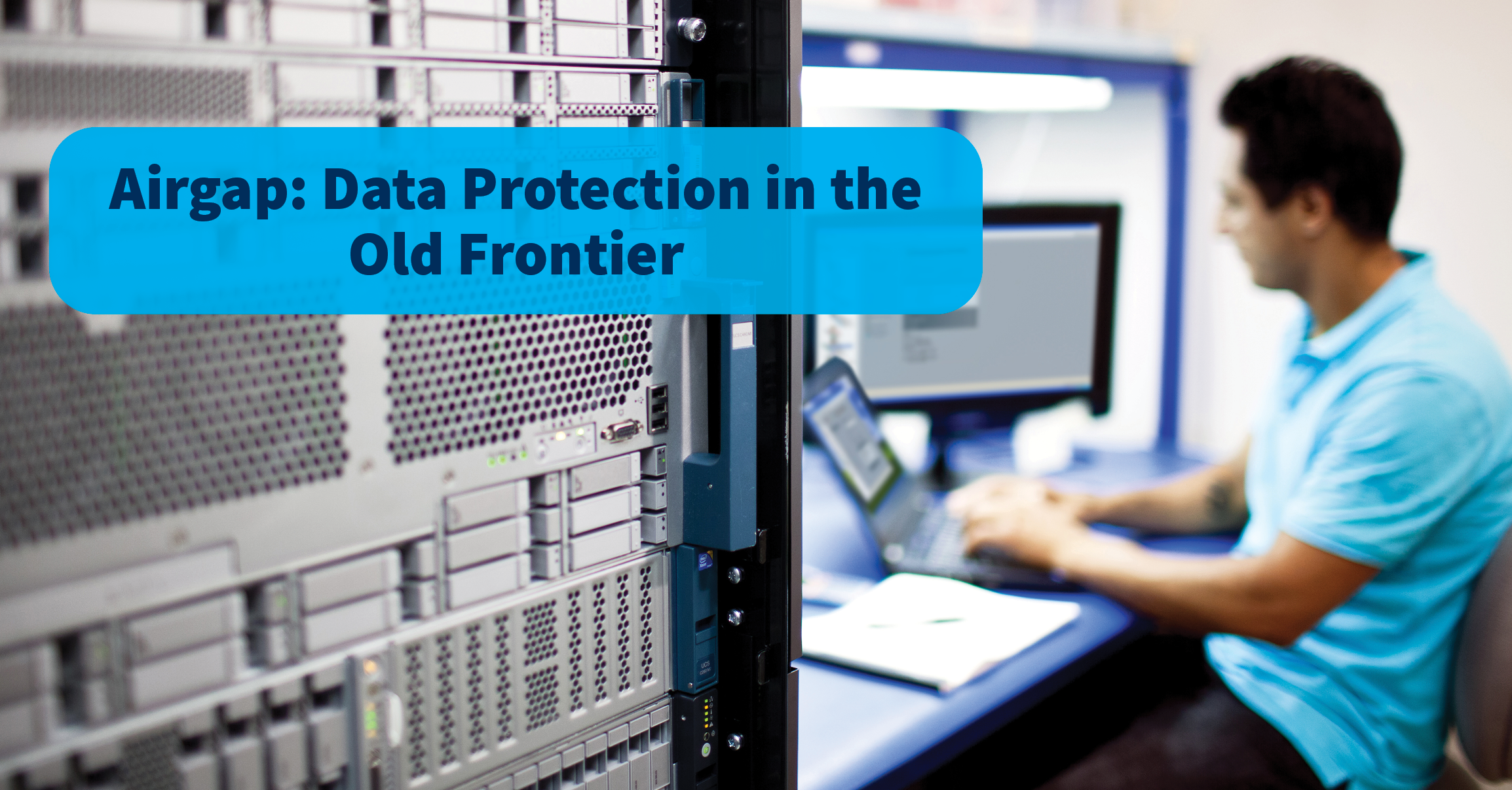There are good reasons most large enterprises worldwide are quickly adopting the cloud for everything from sales contracts and product specs to videos and overall business operations. The cloud offers flexible, scalable, and cost-effective computing that cuts down IT costs, consolidates data centers, accelerates growth and enables digital transformation. Migration to the cloud has accelerated in the post-pandemic hybrid work world and more recently as companies battle inflation and rising real estate costs.
Read MoreTopics: Cloud, Security, Cyber Security, Data Protection
Hackers have upped the ante. Throughout 2021, cyber criminals grew more sophisticated, more organized, and more aggressive, using advanced techniques and cooperation among hacker groups to drive an unprecedented number of attacks. All told, the cost may tally an estimated $6 trillion in losses just this year, according to Cyber Security Ventures.
Read MoreTopics: Data Center, Cyber Security, Cyber Awareness, Data Protection, Cyber Recovery
The continuing evolution of ransomware attacks requires innovative, protective solutions. Dell has led the protection of the data center with the Cyber Recovery solution, which is the only solution certified by Sheltered Harbor. It implements a digital air-gap solution that provides a dedicated replica isolated from the production environment. The isolation limits risks associated with remote threats identifying, accessing, and corrupting the backup data. In order to identify when a ransomware attack has occurred, Dell has partnered with Index Engines to monitor the backup data stream. CyberSense from Index Engines uses machine learning to identify changes in the backup data and alert when the appearance of an attack occurs.
Topics: Data Center, Cyber Security, Data Protection, Cyber Recovery
As today is Data Privacy Day, it is only fitting that we discuss your data and understand the rights you have when sharing that information. How many of you have used Google? Apple? Facebook? Amazon? Within the last day? Did you know what you were agreeing to when you quickly scrolled down to the accept their terms of service boxes? How about when you accept the numerous cookies that pop up on seemingly every website that you visit? Do you know what these “accept” actions have given companies permission to do?
Read MoreTopics: Cyber Security, Data Protection
Organizations today have a multi-cloud presence. By that, I mean that on-premises data centers are no longer the standard in IT. Businesses require application mobility to meet the ever-increasing demand for data and information at light speeds, and thus it is very typical for an organization to have several deployments of multi-cloud data centers to fit these demands and needs. Software as a Service, Infrastructure as a Service, Unified Communications as a Service, Edge, and IoT Computing are just a few of the potential multi-cloud deployments, on top of the on-premises and co-located data centers in different regions and geo-locations.
Read MoreTopics: Cloud, Security, Cyber Security, Data Protection, Cyber Recovery
With all the talk about ransomware and cybersecurity breaches, many have wondered – what data protection strategy should I be deploying? How can I ensure that I have another copy of my data that is isolated (and by isolated, I mean that if ransomware does crypto-lock my data, I can go to my “safe deposit box” and restore my data center)? Ironically, we have been preaching to our customers over the last few years that tape is dead and should be replaced with disk-based backup storage or cloud repositories for long-term retention. Now I have to face those same customers and tell them that the best way to airgap their data is to archive their backups to tape. Yes, it sounds old school, but it is the best way to remain protected from all the modern threats to your data.
Read MoreTopics: Data Center, Data Protection
When it comes to protecting your data, having a single strategy is often not enough. To combat the many different types of threats to your data, you should be prepared with a variety of means to protect your data. This begins with each business unit internally understanding its Recovery Time Objective (RTO), Recovery Point Objective (RPO), and availability needs. Once these items have been documented, we can determine which data protection strategies are the best fit for your environment.
Read MoreTopics: Data Center, Disaster Recovery, Data Protection








